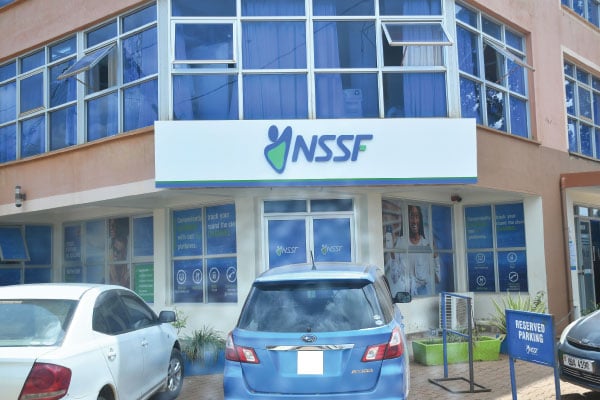Majority of NSSF beneficiaries spend benefits on their dependants’ school fees

The average payout for NSSF retirees stands at Shs24m, of which more than 60 percent of retirees receive under Shs10m. Photo / File
What you need to know:
- The survey also found that 34 percent spend their benefits on buying land, while 33 percent use them to build or improve their houses
At least 40 percent of National Social Security Fund (NSSF) beneficiaries spend their retirement benefits on paying school fees for their dependants.
The findings, which are contained in a survey conducted by NSSF and Enterprise Uganda, also found that 34 percent spend their benefits on buying land, while 33 percent use them to build or improve their houses.
The three above in addition to investing in a business (28 percent), according to the NSSF National Beneficiaries Survey Report, are the leading benefit usage lines for members who access their benefits either due to retirement or any other reason.
The expenditure trends, the report notes, reflect a difficult retirement curve for most pensioners in which at least 45 percent continue to work or seek employment, years into retirement.
“The bulk of the benefits is put to none income-generating expenses of their high-dependence households, thereby limiting benefits shelf life,” the survey says, noting that many of the beneficiaries’ benefits are wiped out within a few years of retirement due to high-dependency rates, perpetuating a cycle of dependence.
“Late-blooming parents burn their retirement benefits on [dependents] who in turn burn their employment income on aging parents devoid of post-retirement safeguards,” the report notes, indicating that many beneficiaries, especially those between 45 and 50 years, still have major responsibilities such as educating and housing children that extends the dependence burden into old age.
Other lines, the report notes, include food, which takes 16 percent of retirement benefits, healthcare (14 percent), rent (4 percent), and repayment of loans and other credits, which takes 4 percent.
Beneficiaries also spend 2 percent of their benefits buying vehicles or motorcycles, 2 percent and 1 percent on new clothes and footwear, and leisure, holidays, celebrations, and parties.
The findings, therefore, explain the critical role of entrepreneurship, business, and financial literacy for retirees, given that many inevitably end up venturing into business.
The survey sought to understand how NSSF beneficiaries use benefits, find out the post-retirement expenditure priorities, identify the needs of retirees to inform products and service ideas, and derive learnings from the experiences of beneficiaries for the benefit of those yet to claim.
Details of the report further indicate that at least 60.5 percent of retirees, continue to be fully employed, while 15.2 percent run own businesses. At least 2.8 percent are employed part-time, 3.7 percent are still seeking opportunities, while just 9.3 percent are fully retired or are unable to work.
The average payout for NSSF retirees stands at Shs24m, of which more than 60 percent of retirees receive under Shs10m.
While presenting the findings of the survey, Mr Stephen Omojong, the NSSF research and product development manager, said the report had shown that the average investment into new business by beneficiaries was Shs6.2m, which showed that majority of retirees were starting micro or small businesses.




